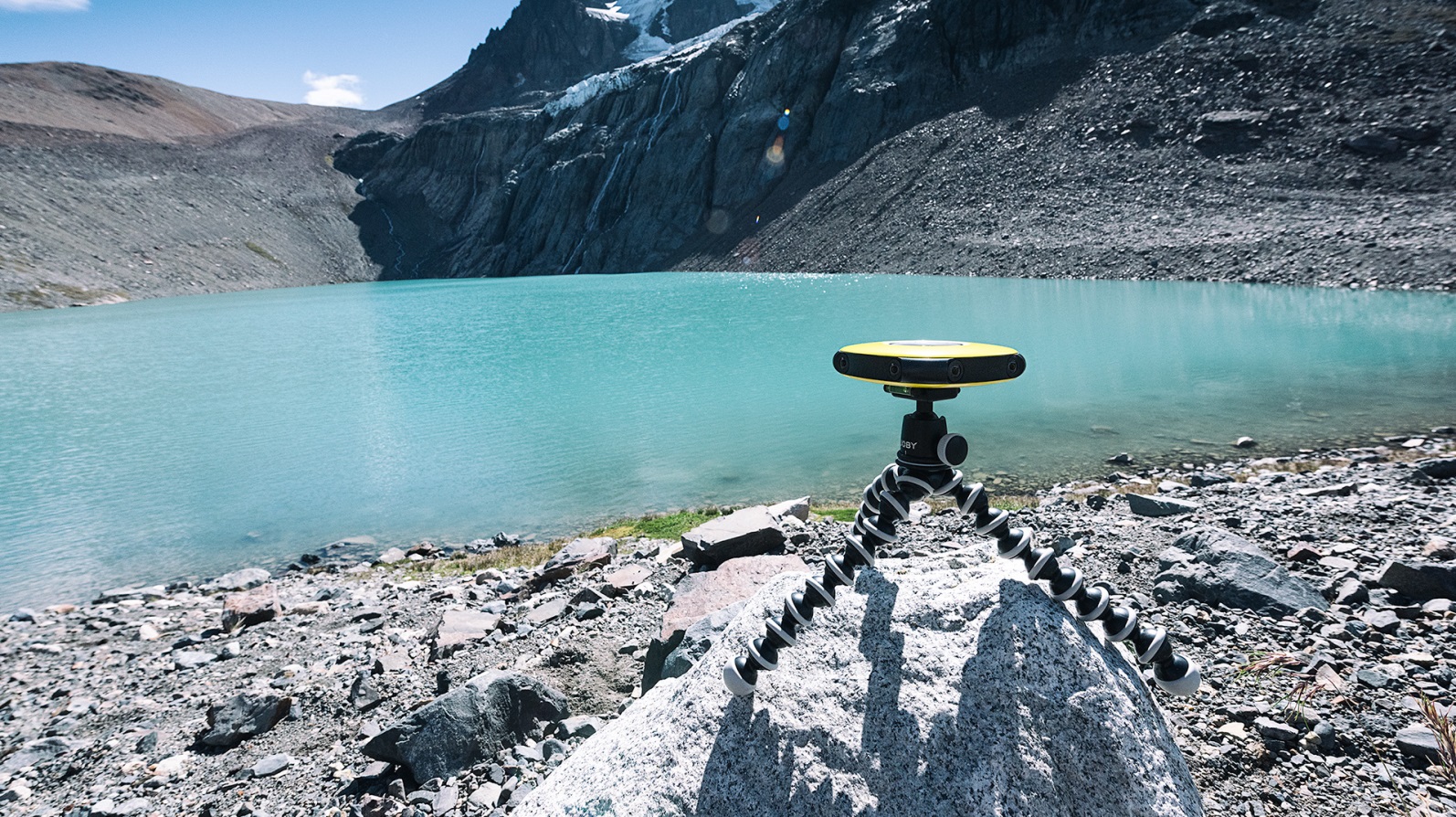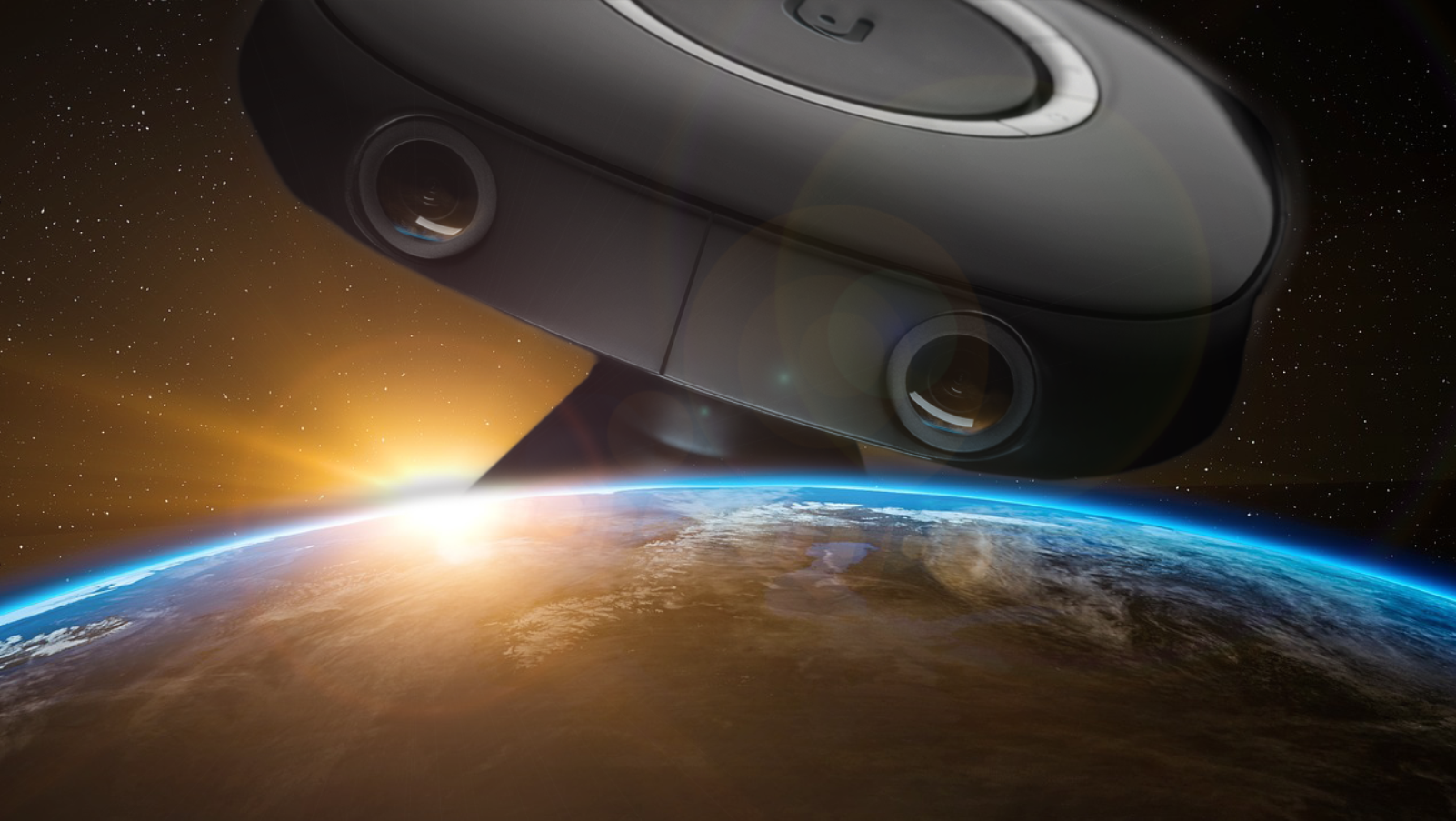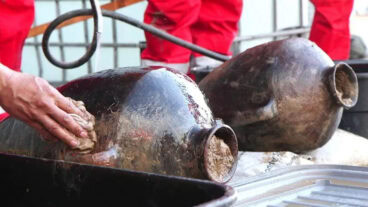The Israeli-made Vuze VR camera was launched from Earth on November 12 aboard the Cygnus cargo spacecraft, headed for a one-month mission on the International Space Station (ISS).
“For the people on the ground at the launchpad and for the thousands watching the launch live online, this was just another launch. For the HumanEyes team this was super thrilling, exciting and scary at the same time, as we watched our ‘baby’ take off into space on board a jet fuel-laden rocket,” blogged Shahar Bin-Nun, CEO of HumanEyes Technologies, the Neve Ilan-based company that makes Vuze, on November 15.
“While the Vuze VR camera is not really going into deep space (the ISS is … circling the earth at an altitude of 408 km), it will be used by Expedition 53 astronaut Paolo Nespoli of the European Space Agency to capture VR footage for a new National Geographic series called One Strange Rock,” Bin-Nun reports.
“Nespoli will use the Vuze camera to create VR tours of the space station, allowing everyone here on Earth to join in the action and experience what it’s like to be in space, through cinematic 360 VR.”
In addition to Vuze, the Cygnus craft carried science experiments, technology demonstrations, holiday gifts from the astronauts’ families and the ingredients for their Thanksgiving dinner, according to Bin-Nun.
About five months ago, HumanEyes readily agreed to National Geographic’s request to provide a Vuze camera for testing for the ISS. Many other leading brands were tested as well, and another brand was picked initially.
“Then three or four months ago they approached us again because they encountered difficulties with the camera they had chosen,” Bin-Nun tells ISRAEL21c. “We’re not sure what the issue was but we’re happy they came back to us.”
Bin-Nun notes that most VR camera competitors are not small startups like HumanEyes, which has 33 employees in Israel and in its US office. The company worked with National Geographic and NASA to adapt the Vuze (pronounced “views”) to meet the exacting codes and standards of the ISS.
The $800 camera was introduced at CES in January 2016 and launched in March 2017. Bin-Nun says thousands of customers in 26 countries (including North America, Western Europe, Asia and Australia, Chile and Argentina) have bought the gadget, which is meant for semiprofessionals and pros. It is, he stresses, a true VR camera and not a 360 camera, as it captures the scene in high-resolution 3D.
“I still remember seeing the first Hasselblad film cameras in a museum after their trip to the moon,” commented Jim Malcolm, General Manager North America of HumanEyes. “I look forward to seeing the Vuze VR Camera in a museum too.”















